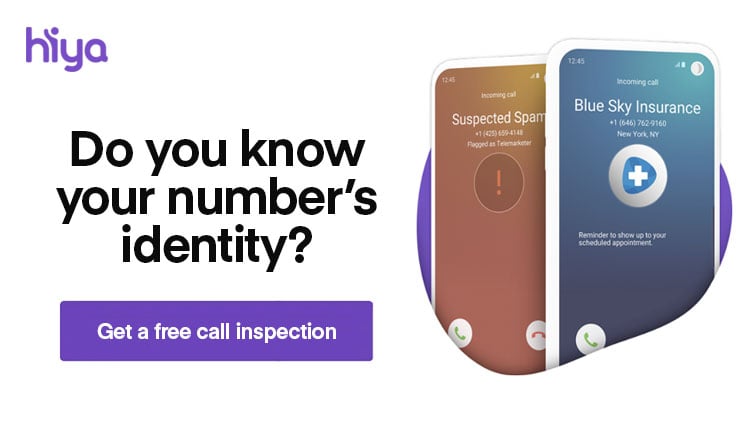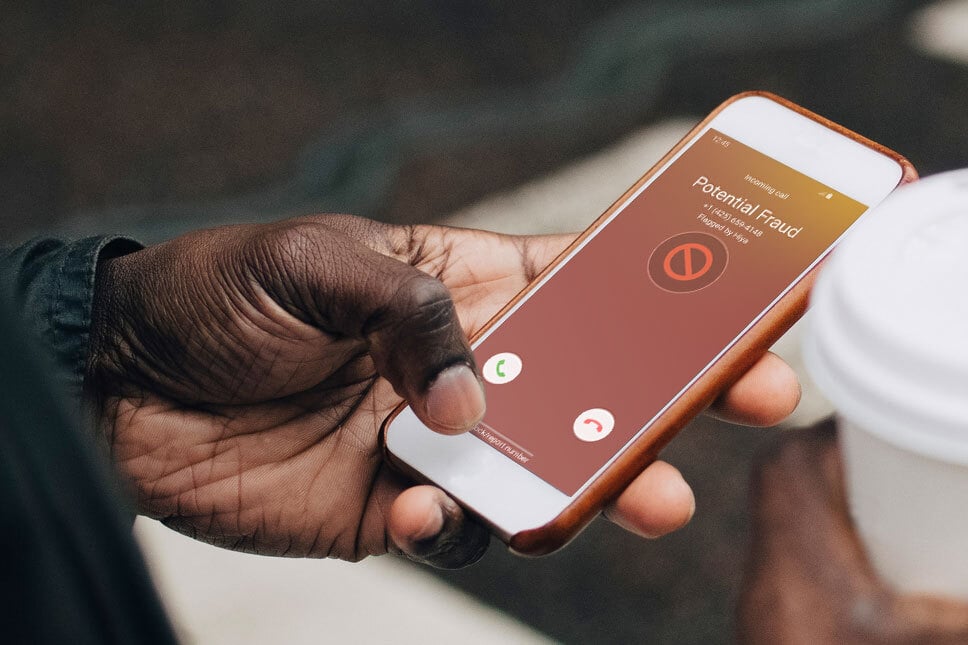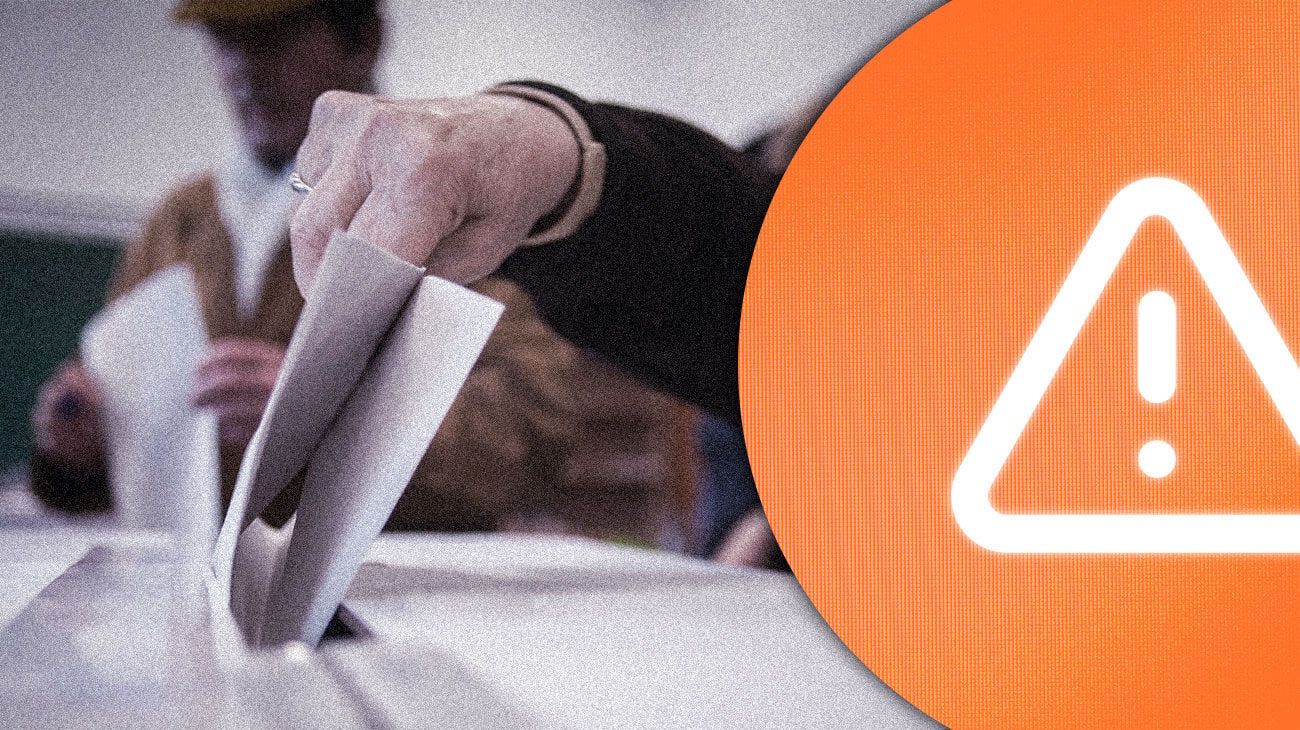If there’s one thing everyone hates, it’s robocalls. That’s a technology that should have never been invented. But what about the robocall you received reminding you of your dentist appointment tomorrow — the one you scheduled six months ago and forgot about. Or the early-morning robocall informing you that your child’s school was closed due to weather conditions.
Okay, not all robocalls are created equal. Let’s take a look at some of them.
Good robocalls
Robocalls are a great way to notify a large number of people in a short amount of time. Medical and dental offices frequently use robocalls to send reminders to their patients; pharmacies use robocalls to notify customers their prescriptions are ready for pickup. Making calls manually might require a full-time staff person, which would lead to added costs for the business and the customer.
Robocalls are also used by governmental agencies. Emergency alerts are a good example. If a tornado, hurricane, or tsunami is approaching, a robocall is a quick, efficient way to inform residents of imminent danger.
Bad robocalls
A bad robocall isn’t illegal, but it is a nuisance. For example, maybe you get a marketing call from the appliance store where you just bought a new refrigerator. Sure, you gave them your contact information, but no, you don’t want them calling you to sell you a new refrigerator quite yet.
Another example would be robocalls that ring you too early in the morning or too late at night. Or, maybe you get a call from your college notifying you of their new fundraising campaign. One call seems reasonable, but if you get that call multiple times it becomes a nuisance.
Ugly robocalls
Ugly robocalls are outright fraud. These calls are meant to do nothing other than scam you out of your money or try to trick you into revealing personal information that fraudsters can use to access your online accounts.
A good example of an ugly robocall would be the auto warranty scam, the most prevalent phone scam of 2021. Another ugly robocall is the Wangiri scam. With this scam, the caller rings once and then hangs up. When the curious victim returns the call, the scammer has tricked them into calling back to a Premium Rate Number where international fees are applied to the call.
Can Hiya block all the robocalls?
Fortunately, there is spam blocking services that can protect us from scam calls and fraud calls. That leads to an important question: Can Hiya block all robocalls before they reach my phone?
“Hiya doesn’t access the content of your incoming calls — that’s very private — so we don’t know beforehand whether it’s a robocall or not. Plus, not all robocalls are bad,” said Jonathan Nelson, Director of Product Management for Hiya Protect, a spam blocking service for carriers, mobile device manufacturers, and app developers. “What we can see, however, is how people are reacting to those calls.”
How does Hiya know the difference between good and bad robocalls?
There are several tools Hiya uses to gauge how recipients are reacting to calls — robocalls and live calls alike:
Customer reports – Through Hiya’s relationship with AT&T, Samsung, and the Hiya mobile app, phone customers can report calls as spam or fraud. Hiya receives 1.6 million of these reports every week. The good robocalls don’t get reported as spam calls, while ones selling phony car warranties do — and Hiya can block those or label them as spam risk calls.
The Hiya honeypot – As we mentioned above, Hiya doesn’t listen to customers’ calls for spam content, but it does listen to calls that come directly to Hiya. Hiya has what it calls a “honeypot” for capturing spam calls. Hiya owns hundreds of thousands of phone numbers that are used for capturing the content of scam calls. Using these lines, Hiya can listen to the exact wording of the scam.
Adaptive AI – In addition to targeting phone numbers that have a history of making spam calls, Hiya recently added the industry’s first self-learning call protection system. Adaptive AI evaluates every call to look for new patterns that would indicate spam, including which carrier originated the call, what country it came from, and if its network signature indicates a spam risk call. The system detects spam based on shifting tactics instead of relying on phone numbers and historical data.
Other data points – Hiya looks at more than 50 different data points to determine if a call is likely to be spam or fraud. For example, if people answer the phone and hang up right away, it’s an indication that it’s an unwanted call and could get identified as spam.
For more information on Hiya’s spam blocking capabilities, send us an email or learn more about Hiya Protect.
Hiya Protect is a voice performance platform for phone carriers, mobile phone manufacturers, and network providers who are looking to create a differentiated voice offering and increase customer satisfaction. Hiya Protect detects and blocks spam and fraud calls with high accuracy, without blocking important calls.












